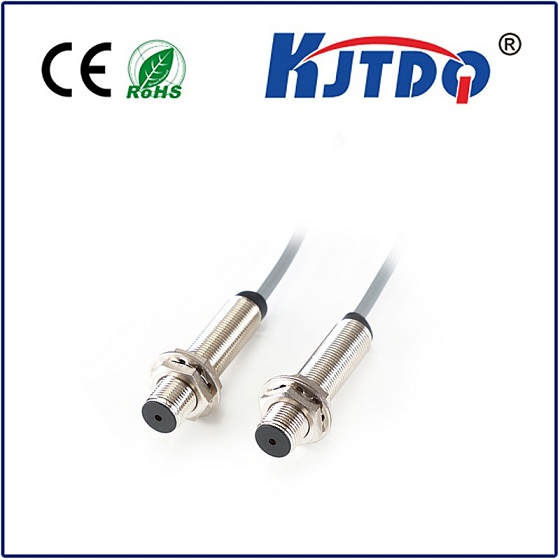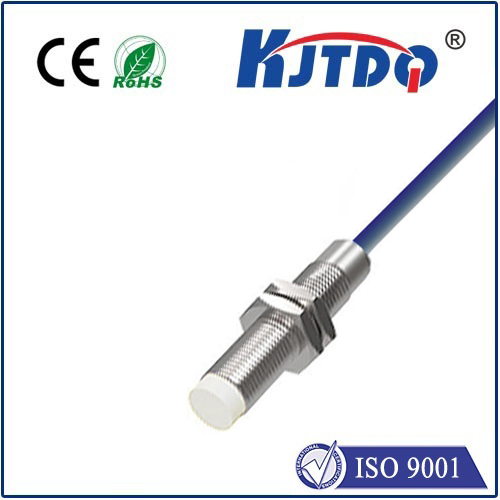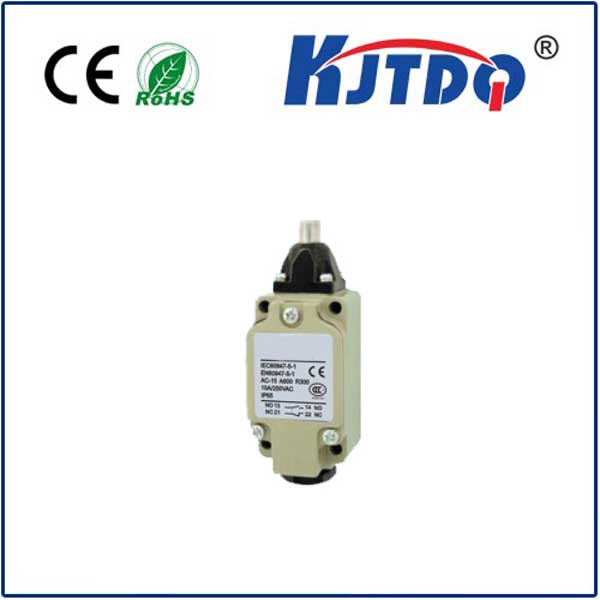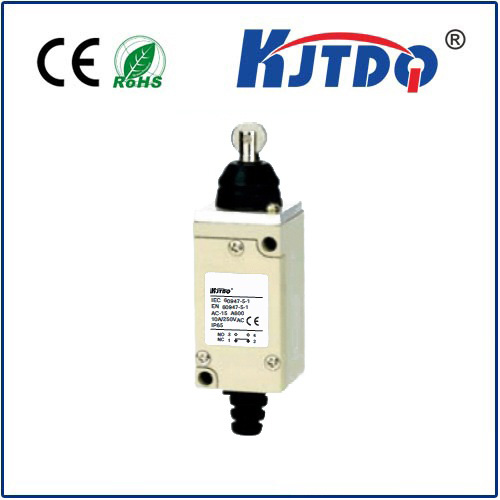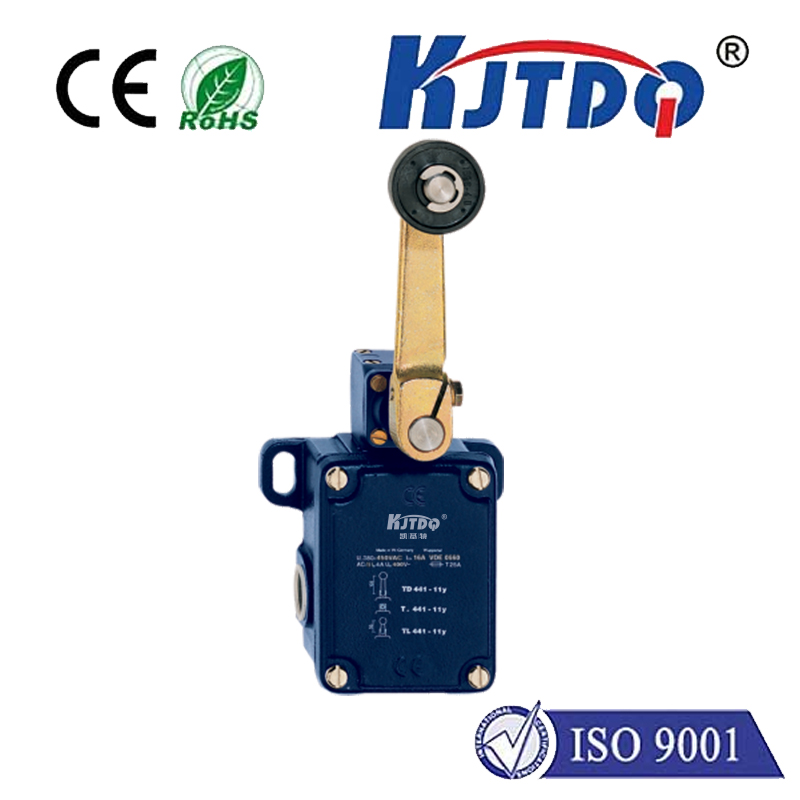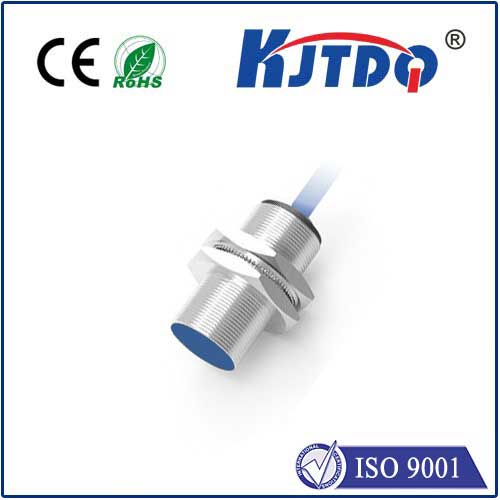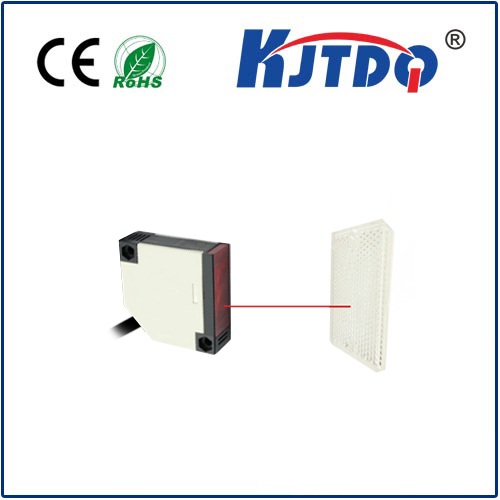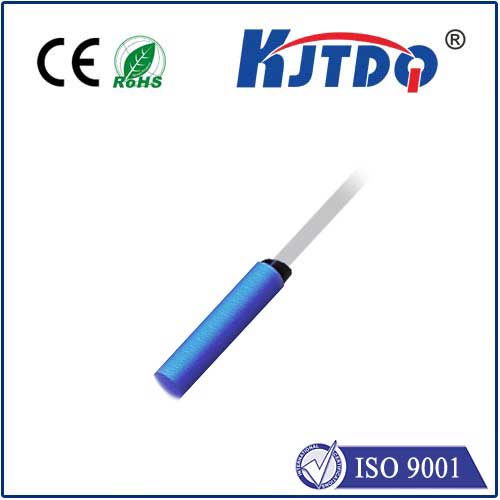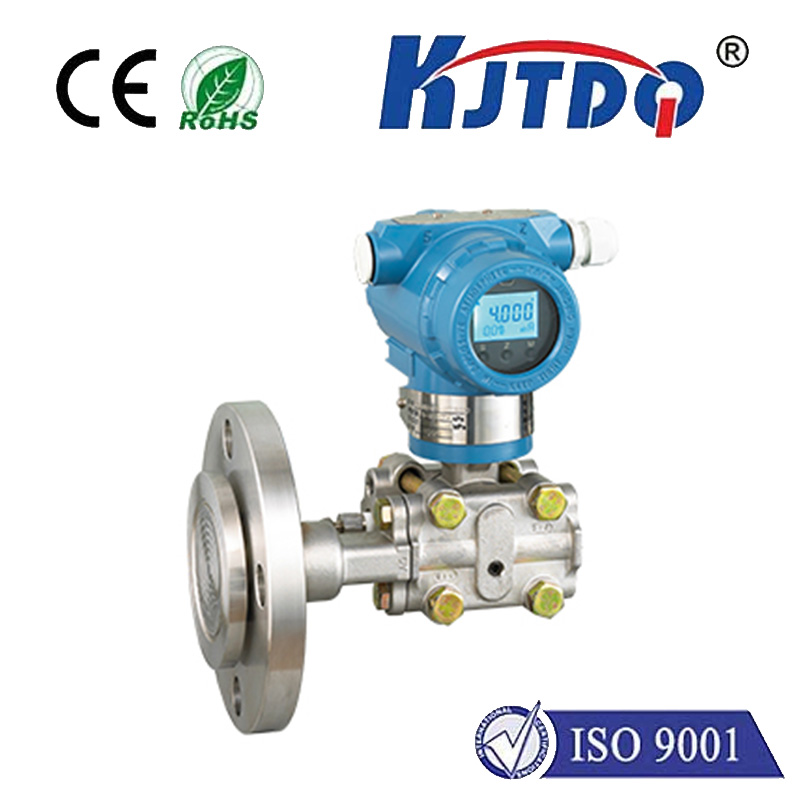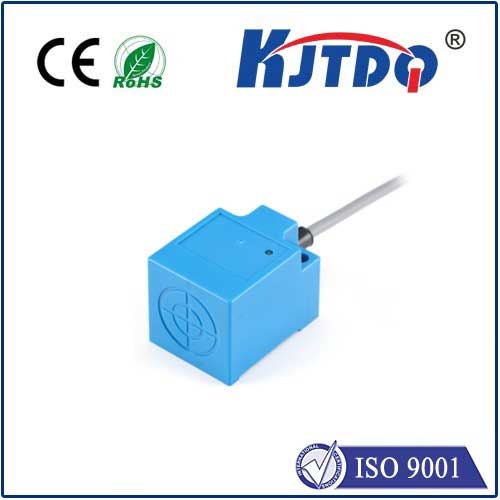laser position sensor
- time:2025-08-27 09:04:10
- Click:0
Mastering Precision: The Essential Guide to Laser Position Sensors
Imagine achieving micron-level accuracy in measurements, non-invasively, across vast distances or in challenging environments. This isn’t science fiction; it’s the everyday reality powered by laser position sensors. These sophisticated instruments are the unsung heroes driving precision in countless modern applications, from manufacturing robots assembling smartphones to satellites mapping the Earth’s surface. Understanding how they work and where they excel is crucial for engineers, designers, and anyone pushing the boundaries of measurement technology.
What Exactly is a Laser Position Sensor?
At its core, a laser position sensor is a non-contact device designed to determine the precise location of an object relative to a reference point. It achieves this by emitting a highly focused beam of coherent light (the laser) towards a target and analyzing the properties of the reflected light. Unlike tactile probes or simple optical sensors, laser position sensors offer exceptional resolution, speed, and the ability to measure without physically touching the object – a critical advantage for delicate components, moving parts, or hazardous environments. This makes non-contact position measurement their defining characteristic.
The Core Principles: How Laser Position Sensors “See”

Most commercial laser position sensors rely on one of two fundamental physical principles for position measurement:
- Optical Triangulation: This is the most common method for short to medium-range, high-precision measurements.
- A laser diode projects a visible or infrared spot onto the target surface.
- The reflected light scatters back towards the sensor.
- A precisely positioned lens within the sensor focuses this scattered light onto a sensitive detector array (like a CCD or CMOS linear array).
- Crucially: If the target moves closer or farther from the sensor, the angle of the reflected light changes. This causes the focused spot to shift its position laterally across the detector array.
- Sophisticated electronics analyze the exact position of the spot on the array. By knowing the fixed baseline distance between the laser emitter and the detector lens, and the angle of reflection (determined by the spot position on the array), the sensor calculates the target’s distance using trigonometry. This distance reading directly corresponds to the target’s position along the sensor’s measurement axis.
- This principle excels in applications requiring high resolution and speed at relatively close ranges.
- Time-of-Flight (ToF): This method is often used for longer ranges and provides direct distance information.
- The sensor emits a short, intense pulse of laser light towards the target.
- A highly sensitive receiver detects the faint reflection of this pulse returning from the target.
- The key measurement: The sensor precisely calculates the time interval between emitting the pulse and receiving its reflection.
- Since the speed of light © is a known constant (~3 x 10^8 m/s), the distance (d) to the target is calculated using the simple formula:
d = (c * Δt) / 2. The division by 2 accounts for the light traveling to the target and back.
- ToF lasers are advantageous for measuring over longer distances and often where the target surface might be less reflective or where a simple spot measurement suffices.
Beyond the Basics: Key Types and Their Strengths
While triangulation and ToF define the core physics, specific sensor designs cater to unique needs:
- Confocal Chromatic Sensors: These use a special lens setup that focuses different wavelengths (colors) of laser light at different distances. By analyzing the wavelength of the light reflected back purely from the focused point, they achieve exceptional resolution and can measure challenging surfaces like transparent materials or liquids.
- Laser Displacement Sensors: Often synonymous with triangulation sensors, these focus specifically on measuring the distance (displacement) of a target surface relative to the sensor head. They are the workhorses of production line inspection.
- Laser Profile Sensors (Line Scanners): These project a laser line instead of a single point onto the target. A camera captures the profile of this line. By analyzing the deformation of the line profile, these sensors can measure complex shapes, contours, heights, and cross-sections in a single pass, enabling fast 2D and 3D scanning.
- Laser Micrometers: Designed for high-precision diameter, thickness, or gap measurement, these often use two parallel laser beams or a single beam scanned across a target.
Where Precision Matters: Diverse Applications of Laser Position Sensors
The unique capabilities of laser position sensors make them indispensable across numerous sectors:
- Industrial Automation & Manufacturing: Critical for robotic guidance and positioning, verifying assembly tolerances, inspecting component dimensions/thickness/warpage, monitoring vibration in machinery, controlling web tension in printing/film processing, guiding CNC machine tools, and quality assurance checks.
- Electronics & Semiconductor: Precisely measuring wafer thickness and warpage, chip placement accuracy during bonding, solder paste inspection, lead coplanarity checks, and micro-component alignment. Non-contact sensing is vital here to prevent damage.
- Automotive: Monitoring brake disc thickness and runout, verifying gap and flushness on car body panels, inspecting engine component tolerances, aligning wheels, and testing airbag deployment mechanisms.
- Aerospace: Ensuring precise alignment of aircraft wings and structural components, measuring structural deflection under load, guiding automated riveting/drilling systems.
- Metrology & R&D: Providing high-fidelity measurement data for laboratory experiments, prototype testing, materials research, and calibration standards.
- Logistics & Warehousing: Guiding Automated Guided Vehicles (AGVs), measuring package dimensions for sorting, and controlling stacker crane positioning.
- Civil Engineering & Construction: Monitoring structural deformation (bridges, dams, buildings), surveying terrain, aligning large machinery during installation.
Choosing the Right Tool: Key Selection Considerations
Selecting the optimal laser position sensor requires careful evaluation of several factors:
- Measurement Range: How far away is the target? (Short range: <50mm, Medium: 50mm-500mm, Long: >500mm)
- Resolution & Accuracy: What is the smallest detectable change in position required? Absolute accuracy needed? Note: Accuracy is often different (and usually larger) than resolution.
- Target Surface Properties: Does it have varying reflectivity (shiny, dark, transparent)? Is it rough or smooth? Does it vibrate? Transparent surfaces often require specialized sensors like confocal chromatic types.
- Spot Size: How small does the measurement point need to be? (Crucial for small features or edges).
- Measurement Speed (Bandwidth): How quickly does the target move or how fast must measurements be taken? (Hz or kHz rates).
- Operating Environment: Exposure to dust, moisture, oil, extreme temperatures, or vibration? Requires appropriate IP (Ingress Protection) rating and ruggedness.
- Interface & Output: Required output signal (analog voltage/current, digital RS232/RS422, Ethernet/IP, EtherCAT, PROFINET)?
- Form Factor & Mounting: Physical size, weight, and mounting possibilities are critical in constrained spaces.
The Indispensable Beam of Precision
Laser position sensors have revolutionized the way we measure position and displacement. Their non-contact nature, combined with unparalleled precision, speed, and flexibility, makes them fundamental components in the quest for quality, efficiency, and innovation across a breathtaking array of industries. From ensuring your smartphone’s components fit perfectly to guaranteeing the structural integrity of a skyscraper, the invisible beam of a laser position sensor is often the unseen guarantor of performance and reliability. Understanding their principles, types, and selection criteria empowers engineers to harness this powerful technology effectively, driving progress wherever exacting position measurement is paramount.












